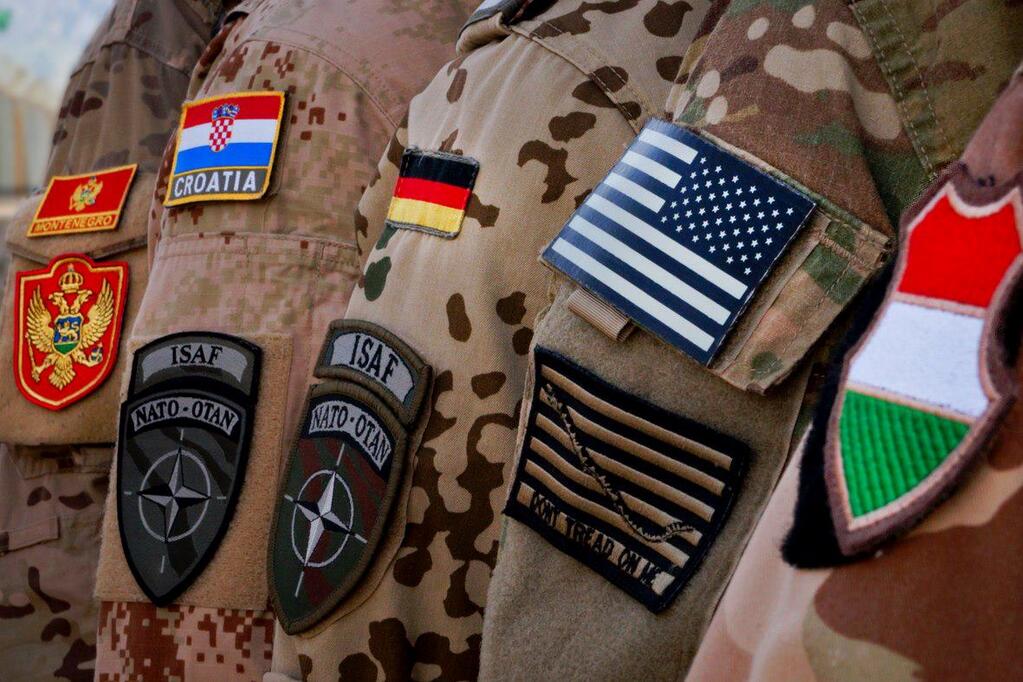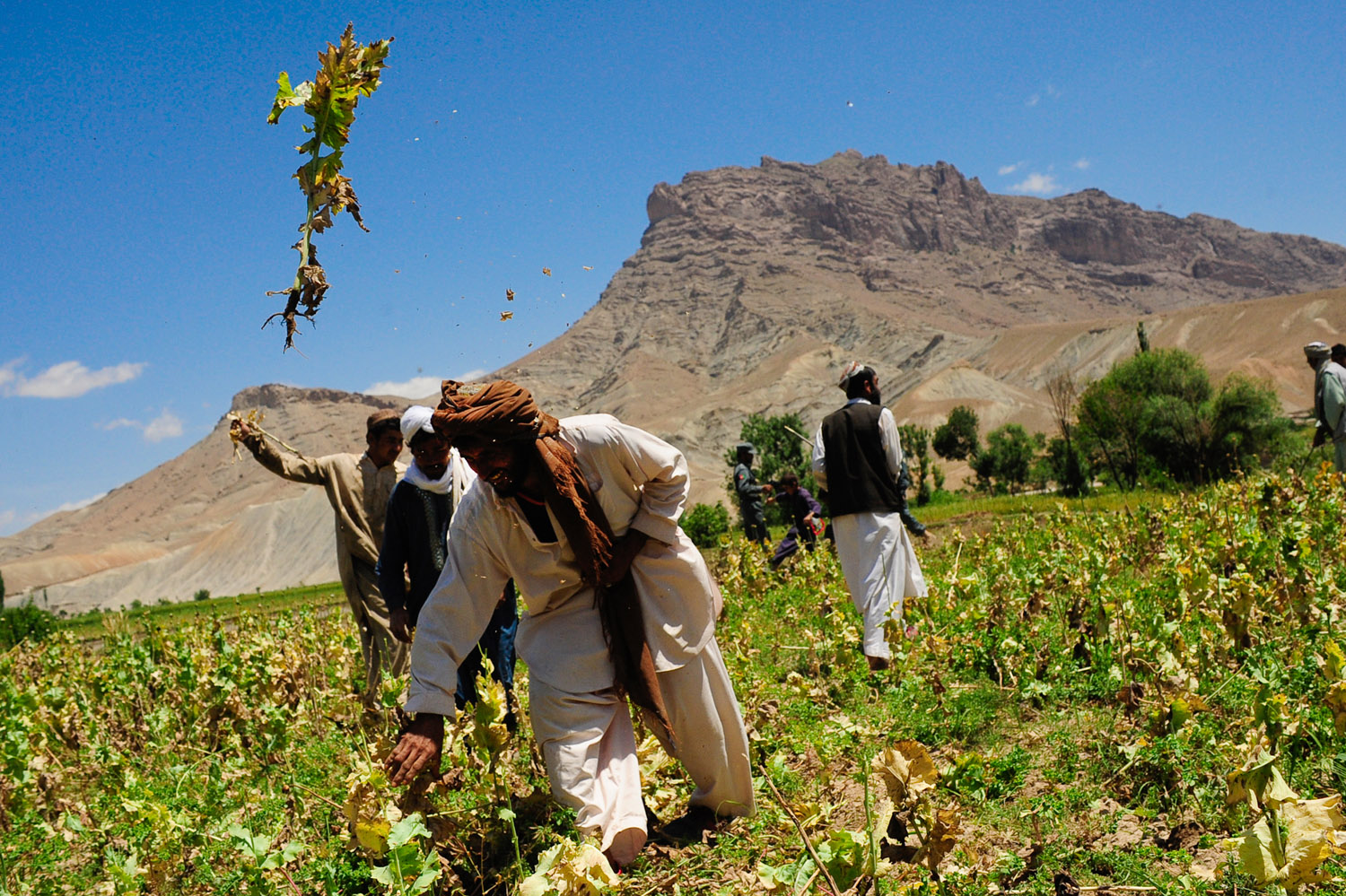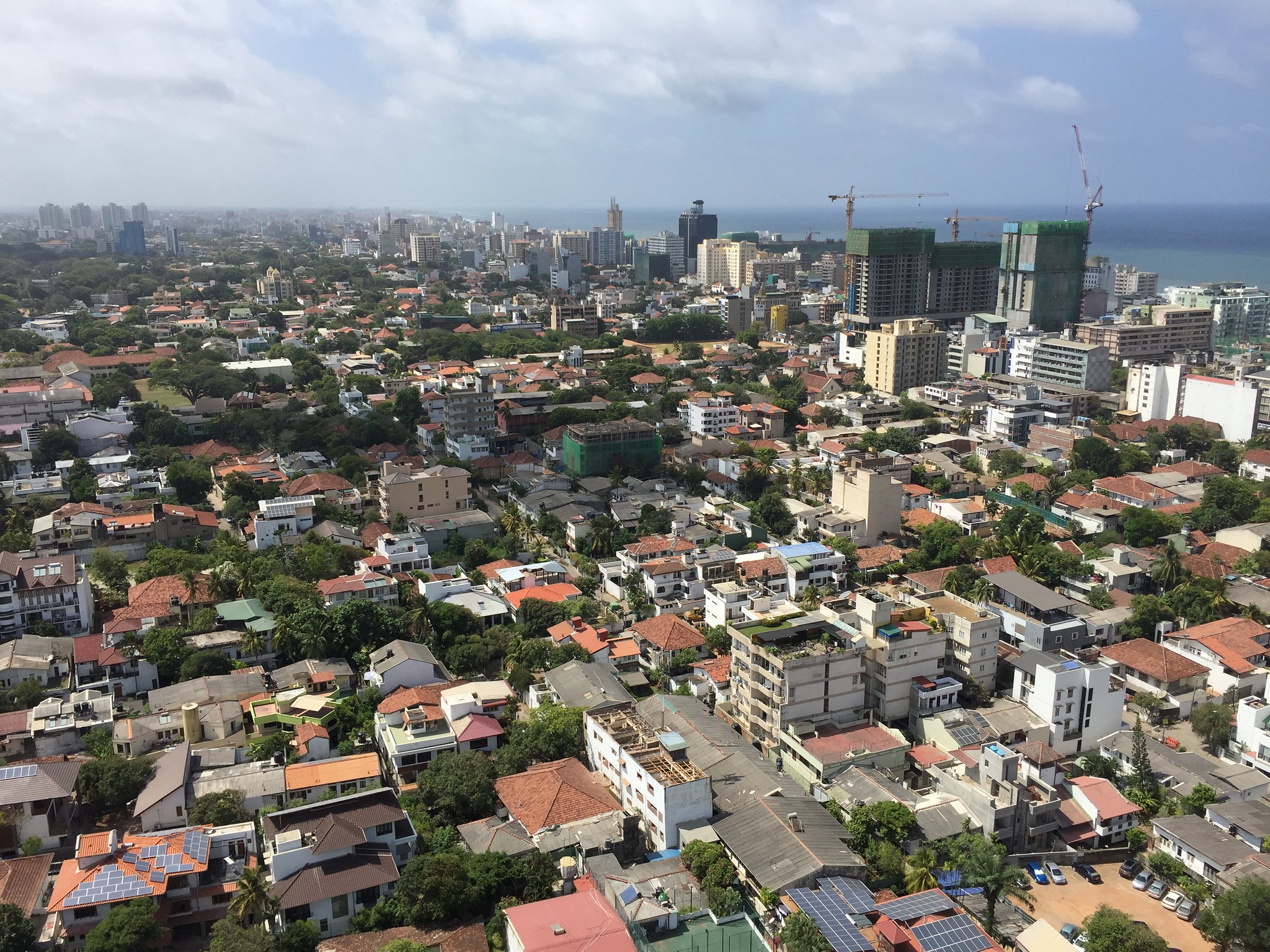By Oliver Kaplan for Denver Dialogues

I recently provided an interview to the Centre for Applied Intelligence elaborating on my argument about how civilians can sometimes nonviolently nudge armed groups to commit less violence (CAI is a new think thank that applies behavioral theories to current events). One of the topics I touch on is the prospect for civilians to confront ISIS nonviolently in Syria and Iraq (I had previously written about civilian-initiated ceasefires in Syria on this blog here).
Since most of the news coverage of ISIS focuses on the atrocities it commits, including the beheadings of foreigners, the enslavement of women, and the massacre of the Yazidis, the prevalent perspective is that civilians have few options against ISIS and that ISIS is unyielding in its rule. However, this is not necessarily the case.
There is in fact news of subtle civilian action in dealing with ISIS, even though this news is dispersed (usually reported at the bottom of news stories about the horrors the group has committed). This makes it especially difficult to tie together disparate examples of civilians’ efforts to navigate this complicated situation. Some reading between the lines, however, indicates some small victories, or at least murmurs of them.
Residents in ISIS’ territory do not uniformly support them, and some have attempted to keep their family members from being recruited into the group.
There are reports that some civilians under threat have been able to evade or avoid ISIS. There is the wonderful story from late last year about an Iraqi couple that was split across battle lines yet managed to escape ISIS forces to be reunited and marry through the cooperation of various social networks. Sunnis also helped a Shiite Iraqi soldier escape to safety after surviving a massacre, partly with the help of a Sunni-run underground railroad.
There has also been great dissatisfaction by local populations with the destruction of cultural and religious landmarks. For instance, last year, residents of Mosul came together to block ISIS from destroying the city’s famous minaret (as one man said, “The people of Mosul are intensely angry at ISIS. They can’t bear them anymore. This volcano of anger will explode soon”). While this episode was nonviolent, other desecrations have apparently sparked armed local responses.
ISIS also appears to at least care a minimum about its reputation locally, since it has provided public goods in areas it controls to maintain legitimacy in the eyes of residents. This suggests a potential sensitivity to how civilians view them. Similarly, although ISIS has harshly retaliated against Sunnis or others loyal to the government who have not “repented” (or have resisted them), we can also learn from these demands for “repentances.” They may indicate that ISIS is not solely using violence wantonly, but could also be open to bargains with local populations (e.g., those who at least go through the motions of repenting). Otherwise, why bother asking for repentances to begin with?
Still, civilians that would seek to manage violence perpetrated by ISIS also face some challenging conditions:
The conflict is changing rapidly as ISIS gains territory and is repelled. This can create uncertainty for civilians and make it difficult for communities to understand the context of conflict they are facing. Shifting lines of control can also produce continued battles for civilians’ allegiance.
The fighters are also changing rapidly. Since ISIS is composed of a mix of both local fighters and international fighters from various countries and backgrounds, it would be difficult for civilians to know what kind of fighters they are dealing with. Local fighters may exhibit greater concern for local populations (more nudge-able?), while international fighters may be more detached from local populations and less restrained in using violence.
Some populations, such as the Yazidis, are especially vulnerable to ISIS since, as “nonbelievers,” they have been directly targeted and have few points of influence over the group. However, other populations can act in solidarity with those under greatest threat, and some have. Although some Sunnis betrayed the Yazidis, others “risked their lives” to save them. In Mosul, residents were similarly “outraged” by the eviction of Christians.
The U.S. and other international actors are still waiting for a second Sunni awakening to expel ISIS from western Iraq (and a sufficiently inclusive Iraqi government that will motivate the Sunnis to act). In the meantime, however, there are still inklings of nonviolent preferences and actions to confront this group. This suggests additional nonviolent actions that can erode its power could be on the horizon.






3 comments